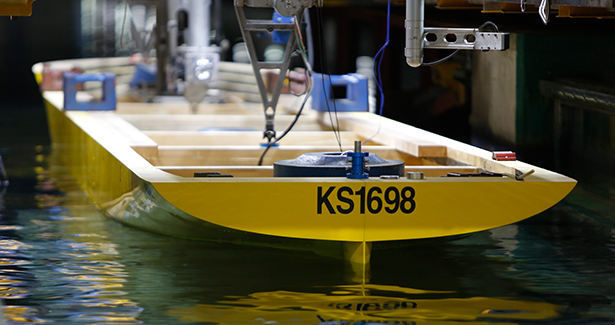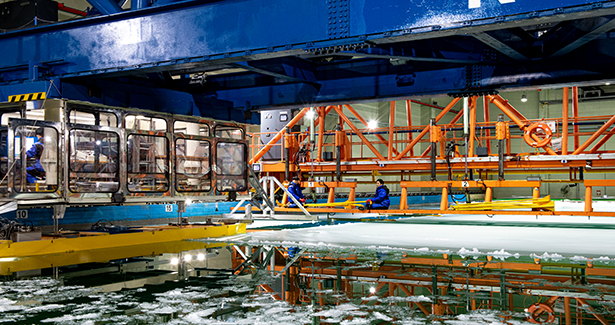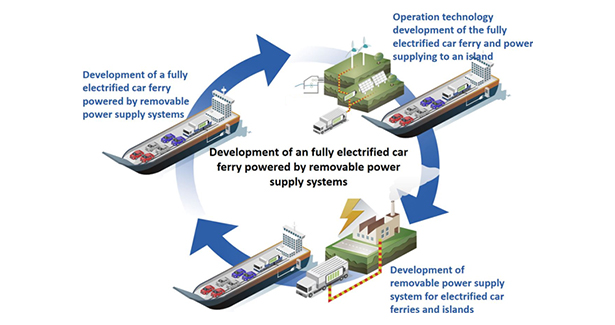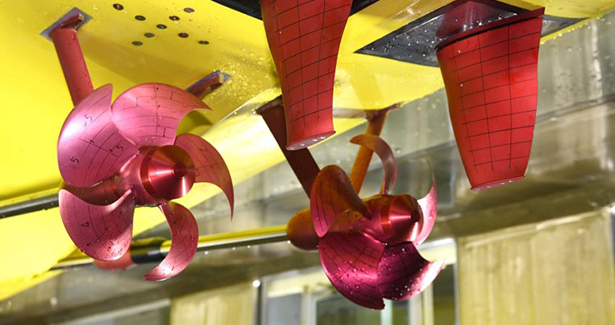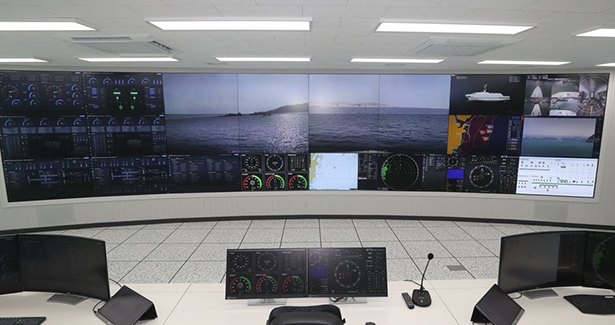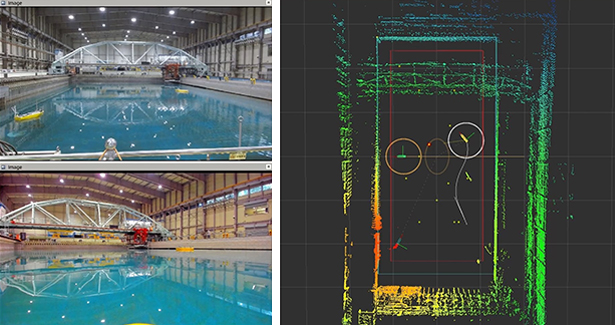Enhancement of ship operation performance, and development of eco-friendly future-oriented ship technology
KRISO will propel Korea to become the world’s foremost country in ship and maritime transportation.
KRISO strengthens the international competitiveness of the Korean ship and maritime transportation industry by developing ships and relevant essential technologies in response to international regulations and standards.
As international environmental regulations are intensified and more and more high value-added ships are manufactured, there is an increasing demand for high-efficiency, environment-friendly ship performance as well as the need to revitalize the ship and maritime transportation industry as one of the key industries of Korea. KRISO strengthens the international competitiveness of the Korean ship and maritime transportation industry, one of the major industries in Korea, by advancing ship and underwater vehicle performance and developing source technologies in response to international regulations. The institute will secure a leading position by developing core technology to improve ship operation performance, and strengthen international competitiveness in ship and maritime transportation through the development of technology for low-noise electric ships and autonomous ships.
01 Development of advanced technology to improve ship operation performance
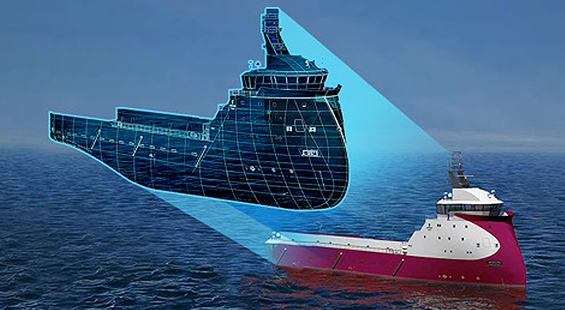
Research Content
Development of ship operation control and performance estimation the technology for evaluating and improving icebreaking performance of polar-class vessels
Today, high-quality and value-added products are expected from traditional ship and offshore plant industries.
In response, KRISO will develop novel technology for low-speed ship operation and control, develop integrated estimation technology for underwater vehicle operating performance,
secure port stability of autonomous ships and core design technology for submarines,
and enhance Korea’s competitiveness in the development of polar-class vessels by securing technology for icebreaking vessel testing and improving ice field performance of ships.
Detailed Research Topics
- Development of source technologies for controlling low-speed ship operation and for the integrated estimation of underwater vehicle operation performance
- Securing advanced technology for testing and evaluating icebreaking vessels and development of technology for improving icebreaking performance
02 Development of core technology for low-noise electric ships
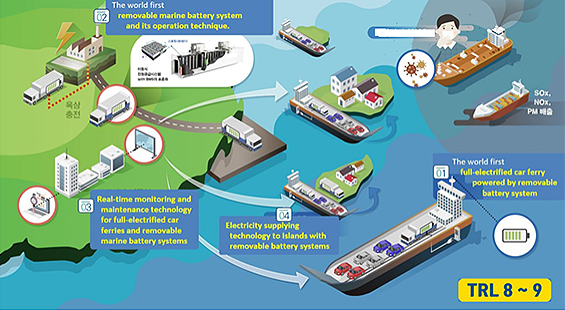
Research Content
Development of low-noise electric ship technologies for reducing noise, producing rudders and building car ferry for local coasts.
There has been a growing demand to lower gas emissions in accordance with enforced IMO regulations.
To meet international standards, KRISO is developing air bubble masking technology,
and conducting research to apply noise removal technology to high-efficiency ship propellers.
Other technology under developments include three-dimensional curved twisted rudder design and manufacturing technology to lower cavitation noise and surface erosion, and electric ship technology for local coasts.
Detailed Research Topics
- Development of air bubble masking source technology for reducing underwater radiated noise
- Development of commercialization and source technology for developing high-efficiency propelled ships and controlling propeller noise
- Development of three-dimensional curved twisted rudder
- Development of essential technology for electric ships for local coasts
03 Development of core technology for autonomous ships
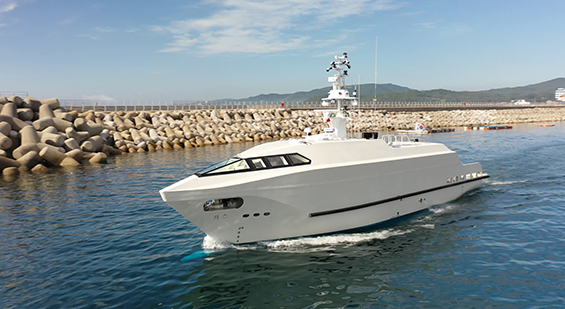
Research Content
Development of technologies related to autonomous ships and establishment of demonstration infrastructure for next-generation high value-added industries
To create new growth engines in the field of ships and offshore plants in the age of the fourth industrial revolution,
KRISO is securing autonomous ship technology for safe navigation and operation,
and developing remote control technology and infrastructure for autonomous surface ships.
Technology is also being developed for safe, efficient operation of autonomous surface ships,
which can be utilized in ocean monitoring and observation.
Detailed Research Topics
- Development of intelligent autonomous ship technology
- Development of remote control technology and pilot infrastructure
- Development of autonomous ship operation technology
Research Facility
-
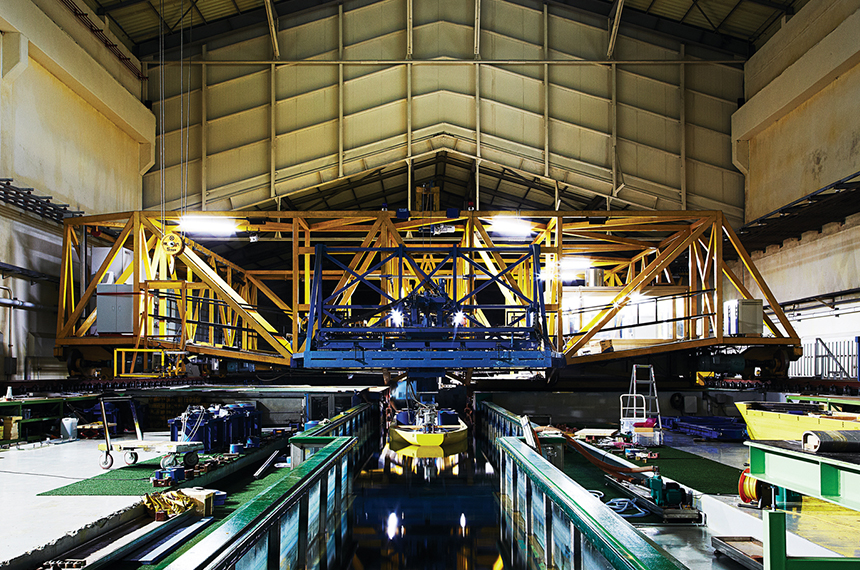
Towing Tank
Used in basic ship performance assessment (self-propulsion, resistance, etc.), evaluation and development of hull structure form of various vessels, and performance test and design of propellers.
-
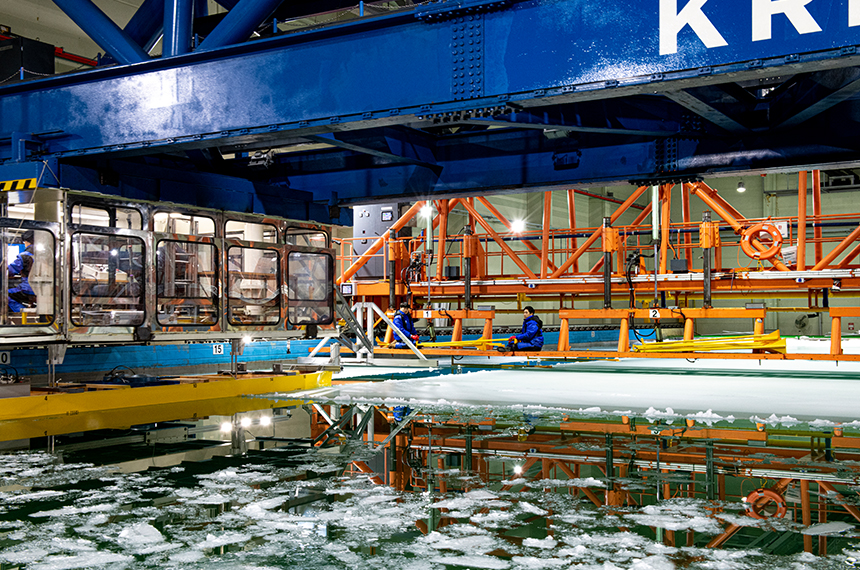
Ice Tank
Used in model ice generation and measurement of characteristics, model vessel (ice breaking vessel) testing and key technology development, and development of real-time safe navigation technology for northern sea routes.
-
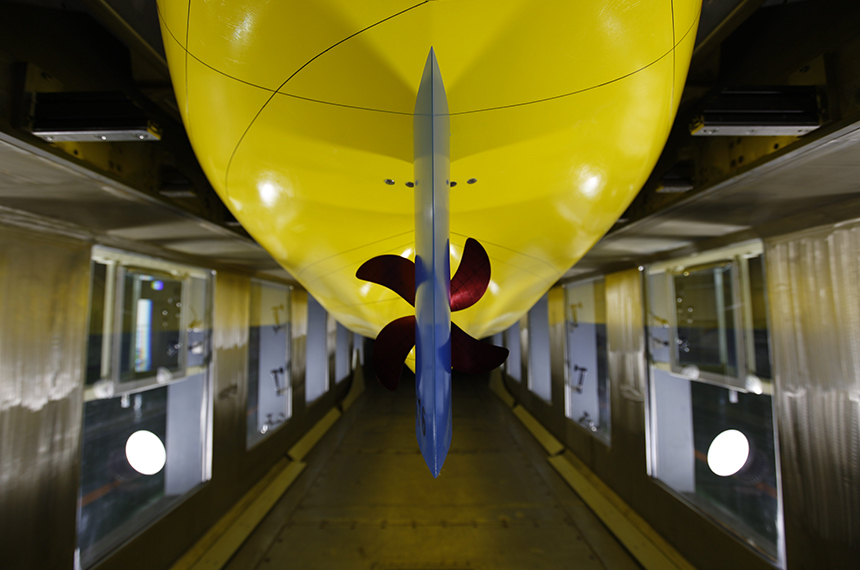
Large Cavitation Tunnel
Used in the evaluation of fluid capacity in relation to ship-propeller-rudder interactions and cavitation tests of propellers.
-
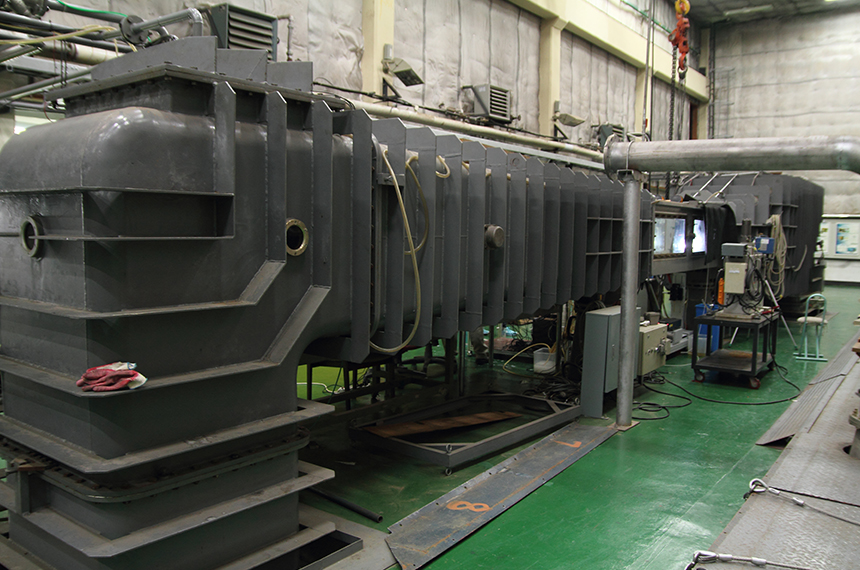
Cavitation Tunnel
Used in the evaluation of fluid capacity in relation to ship-propeller-rudder interactions and cavitation tests of propellers.
-
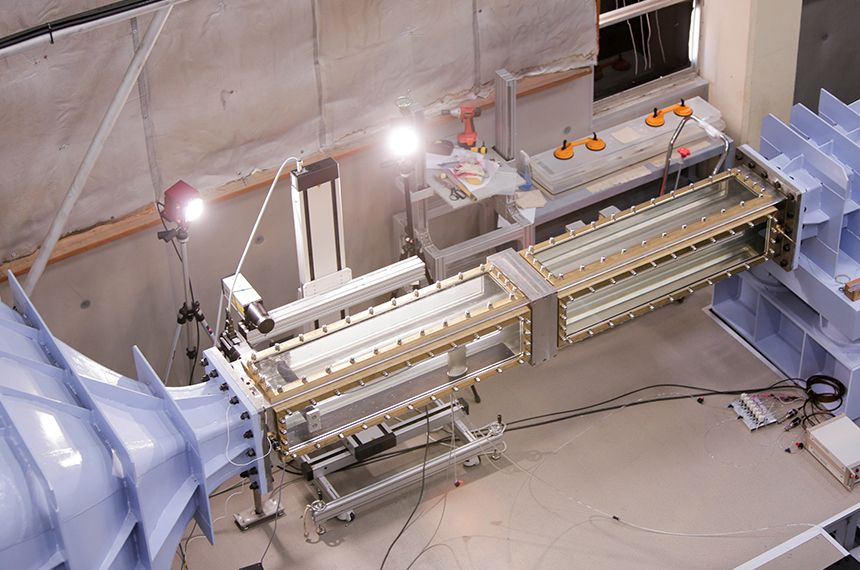
High-Speed Cavitation Tunnel
The world's largest common tank for supercavitation experiments

 Research Project
{{data.S ? data.S.sum : 0}}
Research Project
{{data.S ? data.S.sum : 0}}

 Patent
{{data.P ? data.P.sum : 0}}
Patent
{{data.P ? data.P.sum : 0}}

 Technology Transfer
{{data.T ? data.T.sum : 0}}
Technology Transfer
{{data.T ? data.T.sum : 0}}

 Thesis
{{data.R ? data.R.sum : 0}}
Thesis
{{data.R ? data.R.sum : 0}}












